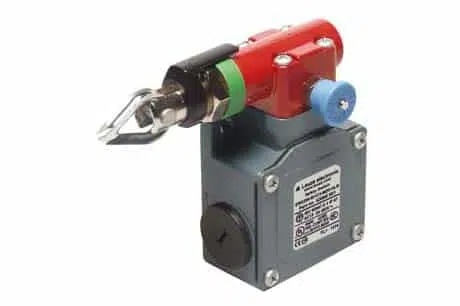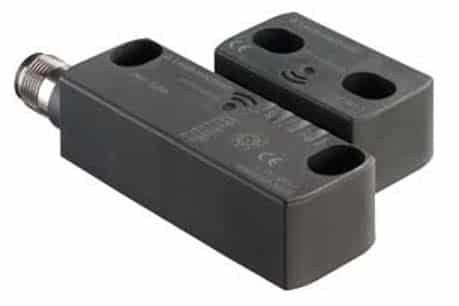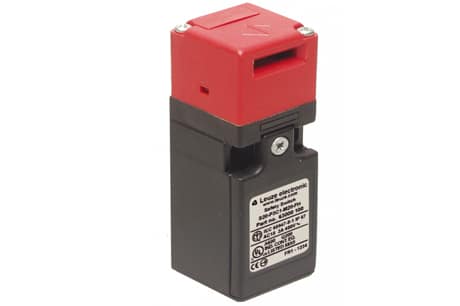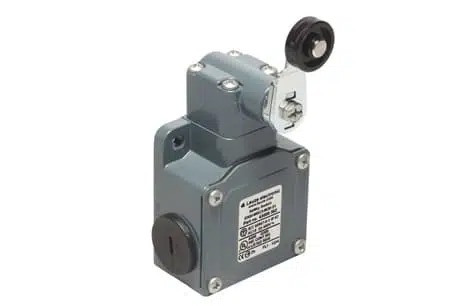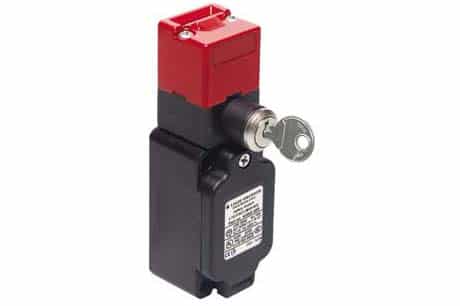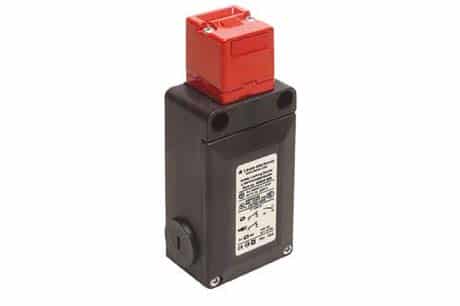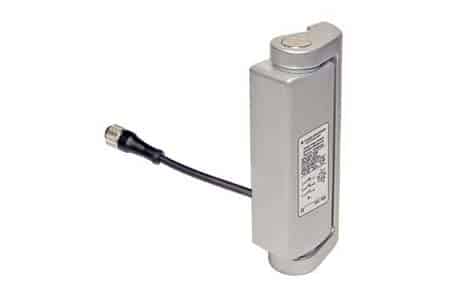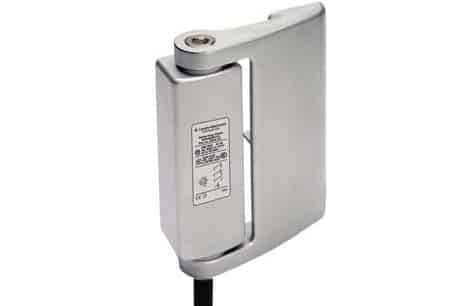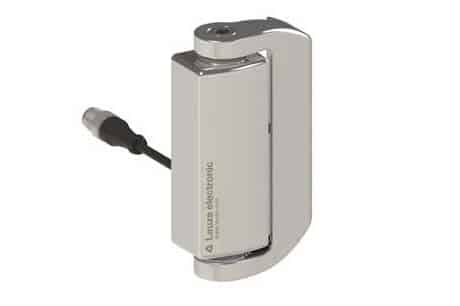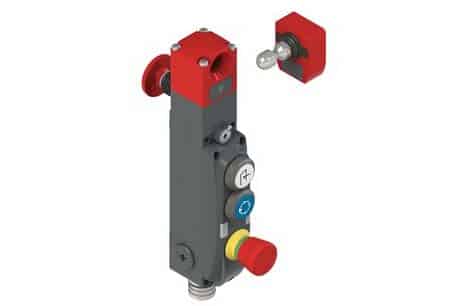
Leuze Safe Locking Devices
Leuze safety locking devices are expertly designed to monitor movable safety guards, such as protective doors, sliding grilles, and flaps. When these protective mechanisms are opened, an E-Stop command is activated. The Leuze safety locking device ensures that these protective doors remain securely locked, effectively blocking unauthorized access.
This ensures that individuals are kept safe until the machinery or equipment no longer poses a threat. Choose Leuze safe locking devices for top-notch security and safety in industrial settings.
Leuze Safety Locking Devices: ERS200
The ERS200 E-Stop rope switch is a safety command device in accordance with EN ISO 13850..,
ESB200
E-Stop buttons of the ESB200 series are used at points of operation where it makes sense..,
RD 800
No matter if you require the RD800-S for single connections or the RD800-M for multiple applications..,
Leuze Safety Locking Device: MC3
The MC3x-coded magnetic sensor contains especially combined reed contacts that are contactless..,
S20
The S20 is a Safety Switch without locking device that can be used, e.g., on machines and system.,
S200
This safety switch is used, e.g., for heavy doors or rolling gates in rough environments..,
Leuze Safe Locking Devices: S300
The S300 safety position switches have a metal housing in accordance with the protection rating..,
L10
The compact and economical L10 Safety Locking Device reduces wiring through manual..,
L100
The versatile safety locking device is used both for personnel safety as well as for machine..,
S400
The S400 safety hinge switches unite the safety switch and door hinge functions in one component…,
S410
With its wider mounting fork, this Safety Hinge Switch is suitable above all for use with glass..,
S420
Owing to their highly tempered stainless steel housing and the degree of protection IP 69K..,
L200
The L200 safety locking device designed for highly demanding applications is predestined..,
L300
The robust L300 safety locking devices for safety applications up to SIL 3 / PL e are used to secure..,
Frequently Asked Questions
What are different types of locking devices?
Locking devices come in various types to secure objects and spaces.
Padlocks: These are portable locks with a U-shaped bar. You need a key or combination to open them.
Deadbolts: Commonly found on doors, they offer a higher security level. You turn a key or knob to open.
Cam locks: These are used on cabinets and drawers. They rotate with a key, locking or unlocking the device.
Chain locks: Often on doors, a chain slides into a track. This adds an extra layer to door security.
Electronic locks: These use codes, cards, or biometrics. They provide security without traditional keys.
Remember, the best locking device depends on what you want to secure and the level of security needed.
Where are locking devices used?
Homes: Doors and windows have locks. They keep strangers out and protect our stuff.
Offices: Desks, file cabinets, and doors use locks. They keep documents and items secure.
Cars: Locks on doors and ignitions prevent theft. Only keyholders can start and enter the vehicle.
Lockers: In schools or gyms, lockers have locks. Personal items stay safe inside.
Public Places: Bicycles, storage units, and gates have locks. They stop unauthorized access or theft.
In short, locks are everywhere. They help keep our belongings and spaces safe.
Is a locking mechanism a device?
Locking Mechanism: It’s the inner part that makes a lock work. It decides if a lock opens or stays closed.
Locking Device: This is the whole item, like a padlock or door lock. The mechanism is inside it.
So, think of the mechanism as the heart of the locking device. It’s what makes the lock do its job.

